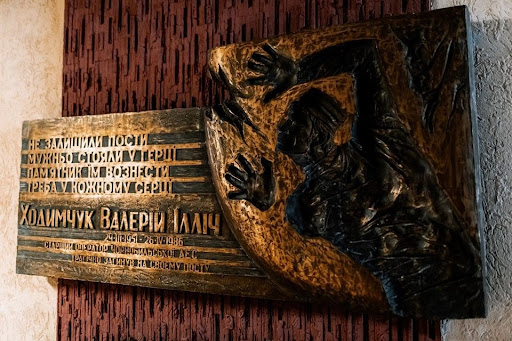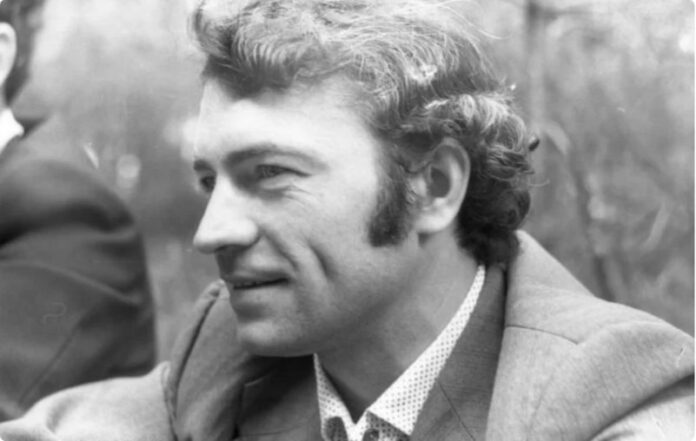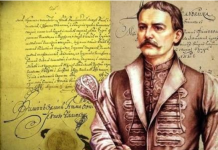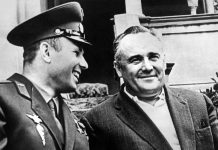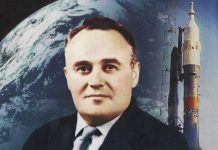Valery Khodemchuk was born on 24 March 1951 in the village of Kropyvnia which is almost exactly halfway between Kyiv and Chornobyl. With the site of the future power plant being less than one hundred kilometers away, Khodemchuck can be considered a local to the area of Chornobyl. Construction of the plant began in 1972 when Valery was 21 and had just completed his service in the Army. So it comes as no surprise that he began his career at the Chornobyl Nuclear Power Plant already in September 1973. At first, he was an engineer of boilers, then the senior engineer of boilers and underground communications, and eventually became the senior operator of the 7th group of the main circulation pump of the Reactor Four. By 1986, with 13 years of work at Chornobyl, Valery was one of the most experienced employees who knew the plant like his own five fingers.
A. Higginbotham in the ‘Midnight in Chernobyl‘: “By 1:23 a.m., at his desk in the control room, Leonid Toptunov had successfully stabilized the reactor at a power level of 200 megawatts. Dyatlov, Akimov, and Metlenko stood in the center of the room, awaiting the moment to begin. Upstairs at mark +12.5, in the cavernous three-story pump room alongside the reactor vault, Senior Coolant Pump Operator Valery Khodemchuk stood at his post, engulfed in the thunderous roar of all eight main circulation pumps working at once. At the bottom of the reactor core, the pressurized water was now entering the inlet valves at a temperature just a few degrees below boiling. And directly above them, 164 of the 211 control rods had been withdrawn to their upper-limit stops… At his post in the shadow of the main circulation pumps, Valery Khodemchuk was the first to die, vaporized instantly by the explosion or crushed beneath the mass of collapsing concrete and machinery…
Almost three decades later: “The cluster of thick pipes running overhead came to a sudden halt, their severed ends hanging in the air just short of what had once been the entrance to a passageway, now sealed with solid concrete. Against this wall, surrounded by a puddle of milky liquid, stood a red marble monument bearing a bronze bas-relief: the dark shape of a man wearing the cylindrical cap of a power plant worker, one arm outstretched in alarm, as if reaching for help that would never come. This was the tombstone of Valery Khodemchuk, the first man to die as a result of the explosion in Unit Four. His surviving colleagues had built the memorial as close as they dared to the place where they believed his body lay buried. Whatever remained of the vanished machinist lay immediately beyond this point, on the other side of three meters of concrete and a layer of lead, beneath thousands of tonnes of rubble, sand, and twisted debris. Somewhere in there with him, too, was the melted heart of Reactor Number Four, a protean mass of uranium, zirconium, and other core elements that remained almost as enigmatic and deadly as it was on the day the catastrophe began almost thirty years before”.
